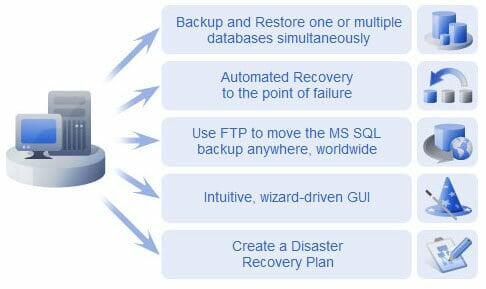Scott, ideally you should be using the Acronis True Image for Mac application running on your Mac for this type of disk migration. When using the Windows version of ATI you have the issue of how your Mac drive is formatted and how ATI will handle that drive when doing any backup & restore operation. Acronis Cyber Cloud Updated. Acronis Cyber Protect Cloud New; Acronis Cyber Backup Cloud Updated; Acronis Cyber Disaster Recovery Cloud Updated; Acronis Cyber Files Cloud; Acronis Cyber Notary Cloud; Get Free Trial; Acronis Cyber Infrastructure Updated; Acronis Cyber Appliance; Acronis Backup Advanced For vCloud; Acronis Professional Services.
Backup
If you have Boot Camp installed on your hard drive to use Windows in addition to MacOS, you can back up and recover the entire disk, including Boot Camp. Bootability of both operating systems will be kept.
You need to back up the hard drive where Boot Camp is installed by using Entire Mac or My Disks backup source. The backup will contain all the data stored on the drive, including the Boot Camp partition.
If you use third-party drivers to write to the NTFS file system, stable operation of such drivers is not guaranteed when a backup is in progress.
If you use Parallels Desktop software to run Windows from Boot Camp, you need to shut down the corresponding Windows virtual machine before taking the backup with Acronis. Otherwise the backup may fail or will include Boot Camp in an inconsistent, unbootable state. The reason is that Parallels Desktop does not support snapshotting of Windows running from Boot Camp: http://kb.parallels.com/en/112941
Recovery
Although it is not possible to backup just the Boot Camp disk volume, it is possible to mark only Boot Camp for restoration.
When performing a recovery from an Entire Mac or a Disk backup, Boot Camp will also be restored.
Acronis For Mac Os X

Cloning
If you clone a disk with Boot Camp, Boot Camp will be cloned along with other disk contents and bootability will be kept.
See Acronis True Image: How to clone a disk on Mac
Incompatibility with Windows (PC) version of Acronis True Image
Acronis True Image PC version is not compatible with Bootcamp partition. Use Acronis True Image Mac version to backup your entire Mac including the Bootcamp partition.
Acronis For Mac Os X
There are two types of backup: file-based, and image-based. Apple’s own Time Machine does a good job of blending the two together, giving you both the ability to roll back individual files as well as your entire Mac should the need arise, but it does swallow up disk space at an alarming rate.
Acronis is well known in the Windows sphere for its True Image drive-imaging tool, and this is its attempt to crack the Mac market. Its main selling points are its versatility and simplicity. It’s versatile in supporting both local and cloud-based backups, with support for any network-attached drive, not just those specifically engineered to work with Time Machine.
Acronis True Image is designed with simplicity in mind too: once installed, launch the app and click Free Trial. You'll need an Acronis account to obtain your 'unlimited' cloud store storage space with Acronis’ online backup service, although you are still able to back to a network or other local drive.

Now you’ll be prompted to click to select a backup source – typically your Mac install drive, but Acronis can also back up any recognisable drive attached to your Mac. One thing Acronis can’t work with is Bootcamp, which will be a deal-breaker for those who’ve set up their Mac to run OS X and Windows side-by-side. It won’t even let you simply back up your Mac partitions either.
If this doesn’t end your interest, you can then click to select your destination – Acronis Cloud is prominently displayed at the top, but any external drives are also accessible with a single click. Alternatively, click Choose Other Location… to pick a specific folder or locate a network drive.
Next, click Settings, which lets you choose a schedule for regularly updating your backup and – if necessary – encrypting the backup with a password for security reasons. Then click Start Backup and let it do its work.
Local backups are stored in the proprietary .tib format, which are compressed and requires True Image itself to browse and restore (either individual files or the entire image). Cloud-based backups are backed up on a per-file basis.
Up to 10 backups are kept at a time – when you make the eleventh backup, the oldest is deleted. Change the backup location to preserve these older backups. Finally, make sure you create backup rescue media using a blank 4GB USB flash drive when prompted – this will allow you to restore your drive image even when your Mac isn’t bootable.
Verdict:
Much-improved Mac backup and restore tool.
